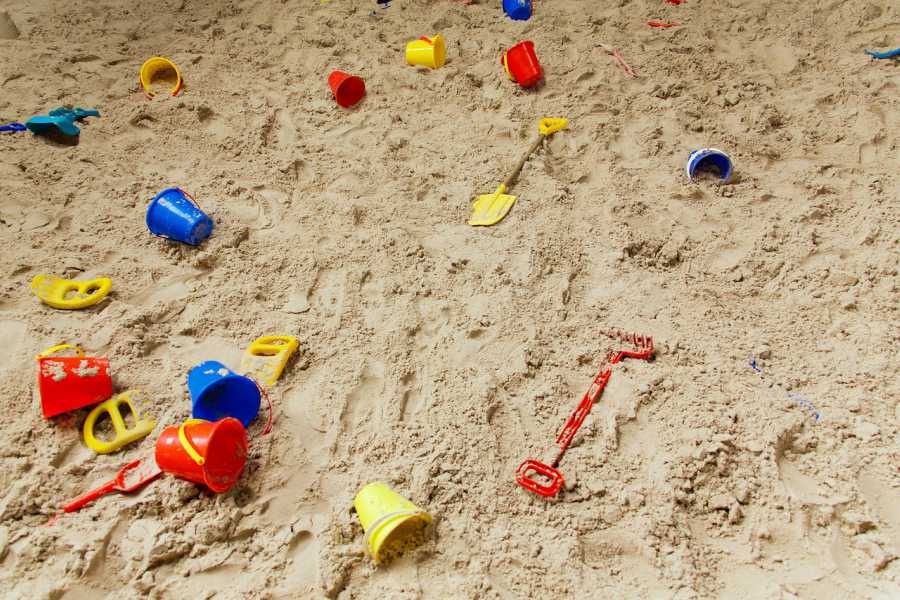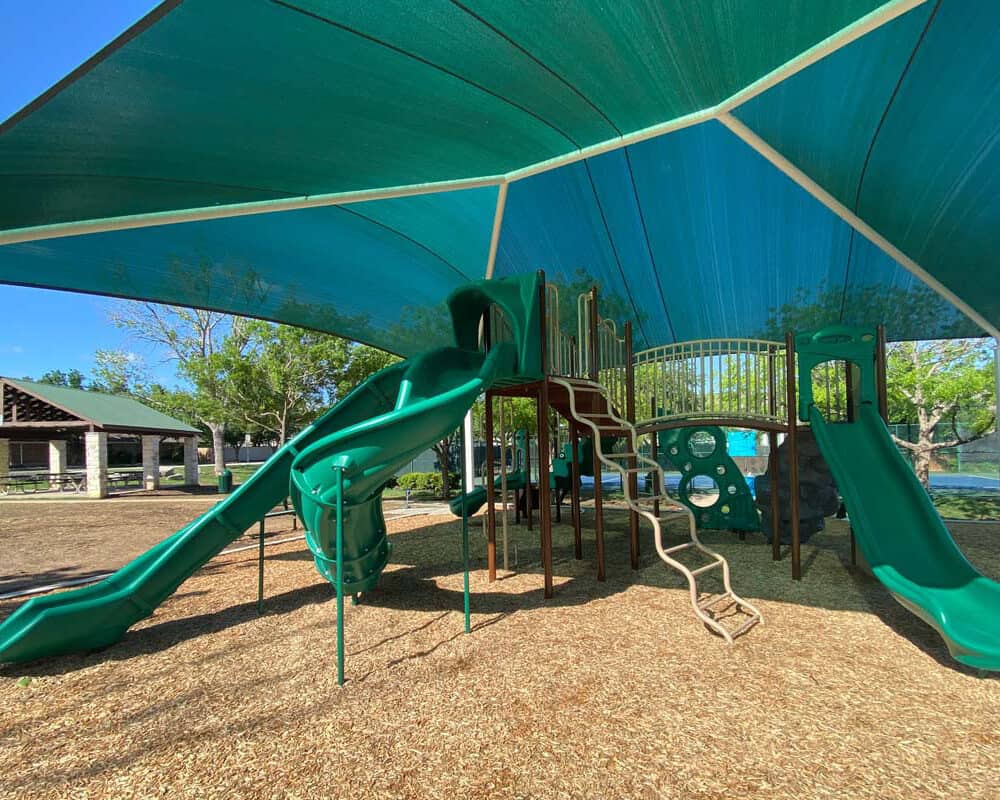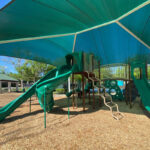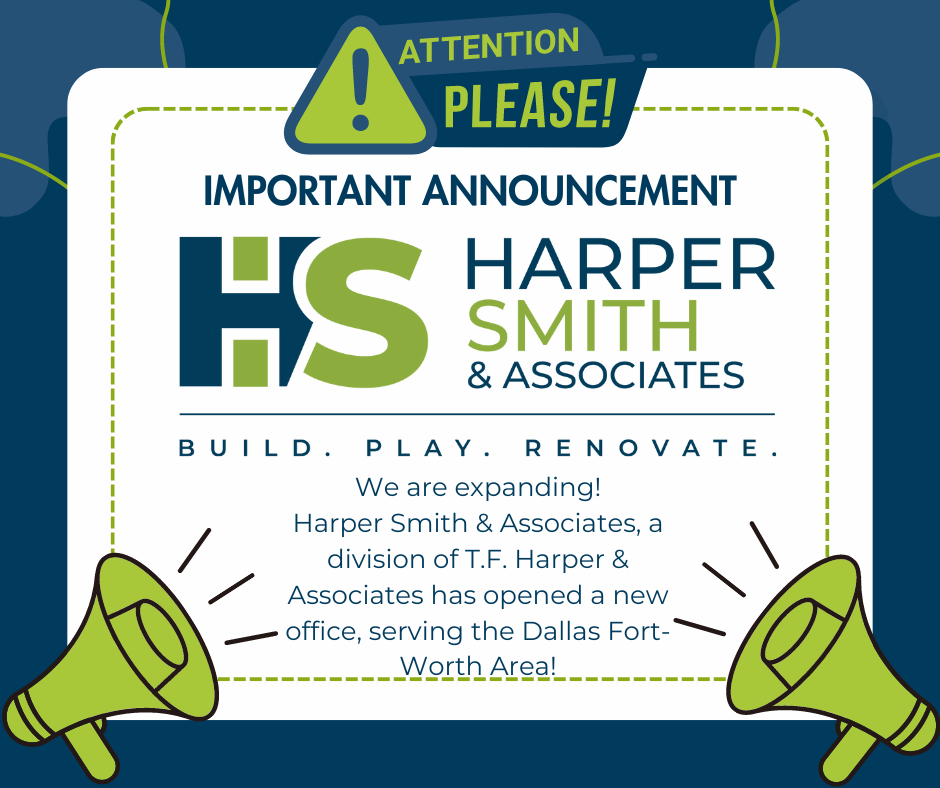The sandbox at your local community playground usually proves to be among the most popular places where children enjoy spending time and having fun. Most parents have good memories about the many hours they enjoyed as kids playing in their local playground sandbox. But did you know that in tests conducted by the National Sanitation Foundation International, community playground sandboxes were discovered to contain among the highest levels of bacteria of any playground equipment? Because the sand comes directly into contact with children’s skin, concerned parents will want to follow these tips to ensure the highest level of cleanliness and sanitation at your child’s favorite community playground sandbox:
Non-Toxic Sandbox Frames
It’s important that the sandbox frame itself has been constructed of non-wood material such as plastic or non-toxic landscaping timbers. Never use old wood such as railroad tie logs to construct the sandbox frame. Using suitable construction materials prevents the risk of causing splinters in a child’s hands, legs, or skin.
Sand Quality
When purchasing sand for filling the sandbox, make sure you are buying beach sand or play sand that doesn’t contain crystalline silica or other hazardous materials. Ask if the sand has been produced using natural river sand or beach sand. Avoid any sand blends that might contain crushed quartz, limestone, or marble because these rough pieces, however small, can cause dangerous scratches or abrasions to young skin or get into children’s eyes and harm their vision.
Sand Replenishment
If the sand hasn’t been replenished since last season, particularly if a playground has been closed for several months, invest in a supply of fresh sand. If your sandbox is constructed from plastic, it’s an excellent idea to clean the box first with a bleach solution, rinse with clean water, and then let completely dry before filling it with a fresh supply of sand.
Prevent Contamination
When left exposed day and night to the outside elements, playground sandboxes are very inviting to insects and other animals that might be travelling through the playground area. Your playground sandbox should be covered with a tarp or other well-fitting cover every night to prevent infestation or trespass from animals such as cats and dogs urinating or defecating in what looks like a giant litter box. If the sand has become wet after a play session, be sure to let it dry out completely prior to covering it to prevent the formation of harmful bacteria.
Keeping Sand Clean
Every community playground maintenance office should invest in a rake that’s used on a daily basis to remove any foreign material, clumps, or other wind-blown debris prior to allowing children entry into the sandbox. Don’t allow children to bring their pets to play with them in the sandbox.
By taking just a little time and effort to follow the above tips to keep your community playground sandbox safe and sanitary, parents can enjoy more peace of mind. They can bring their children to the playground to enjoy a lazy morning or afternoon of play in the sandbox, knowing that the sandbox environment has been made as safe and as sanitary as possible on a daily basis.
If you would like more information about playground construction and safety, contact T.F. Harper & Associates LP, located in Austin, TX.






